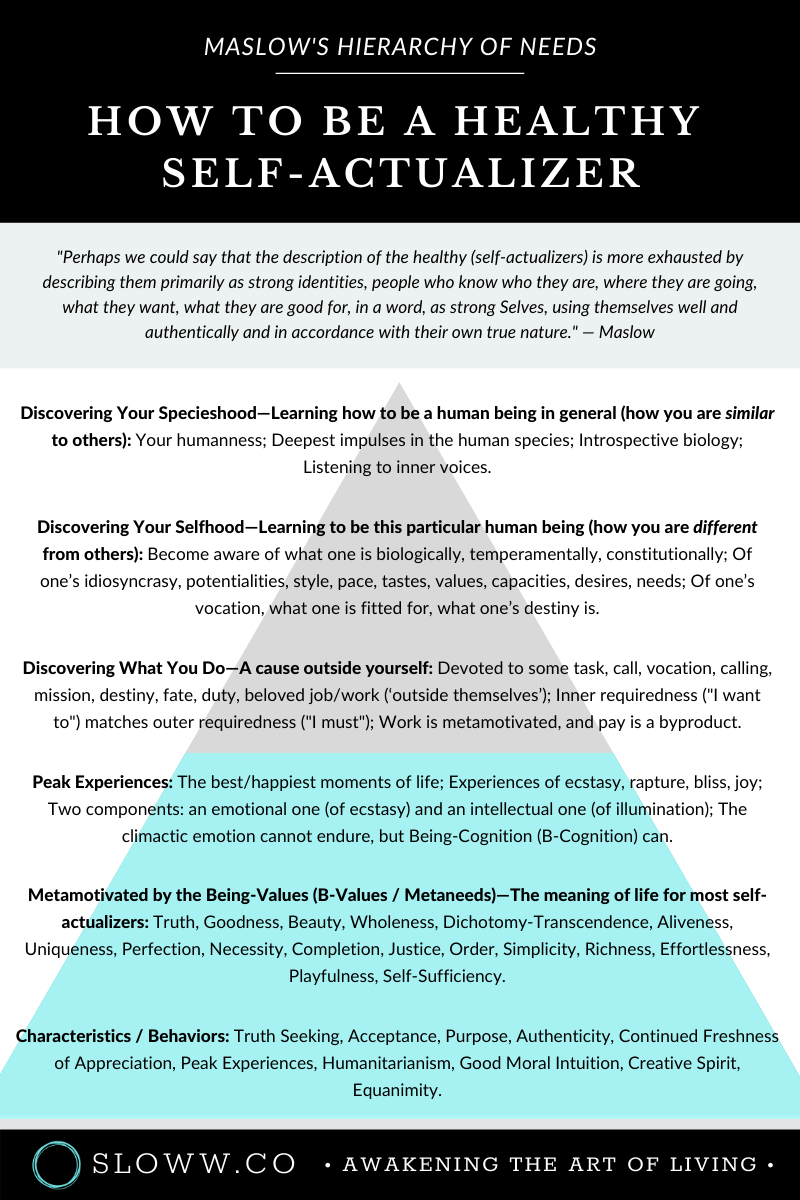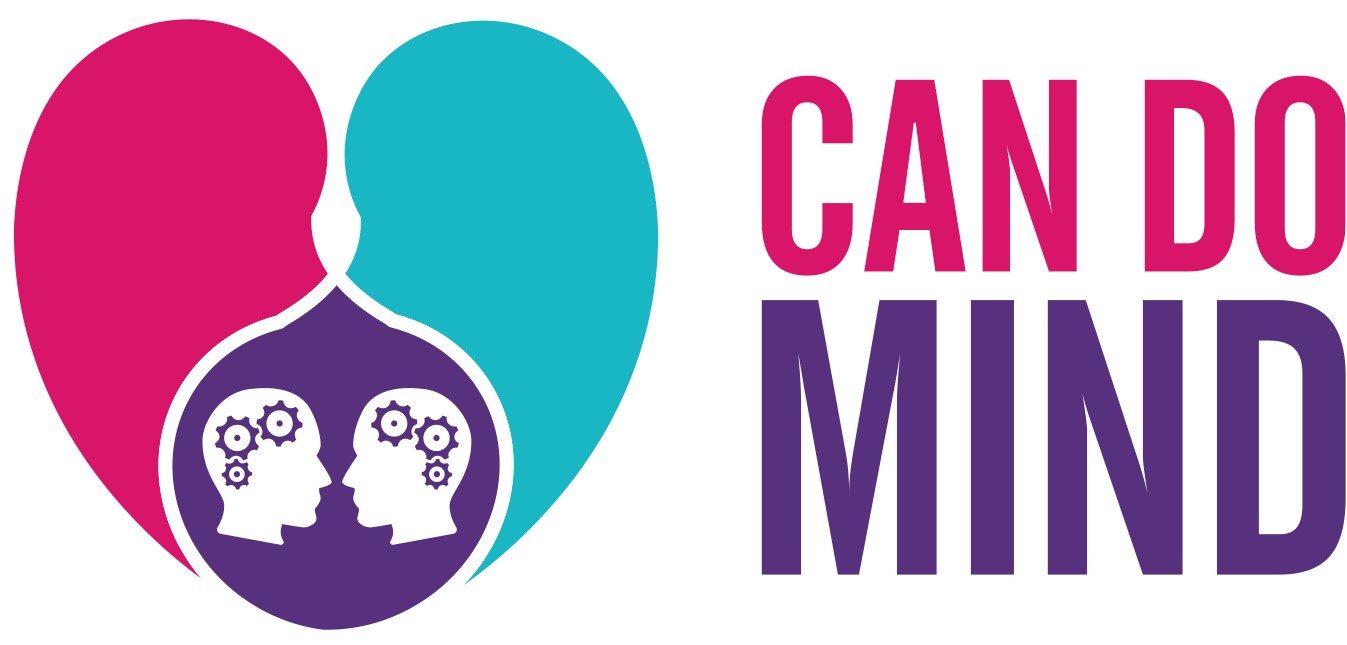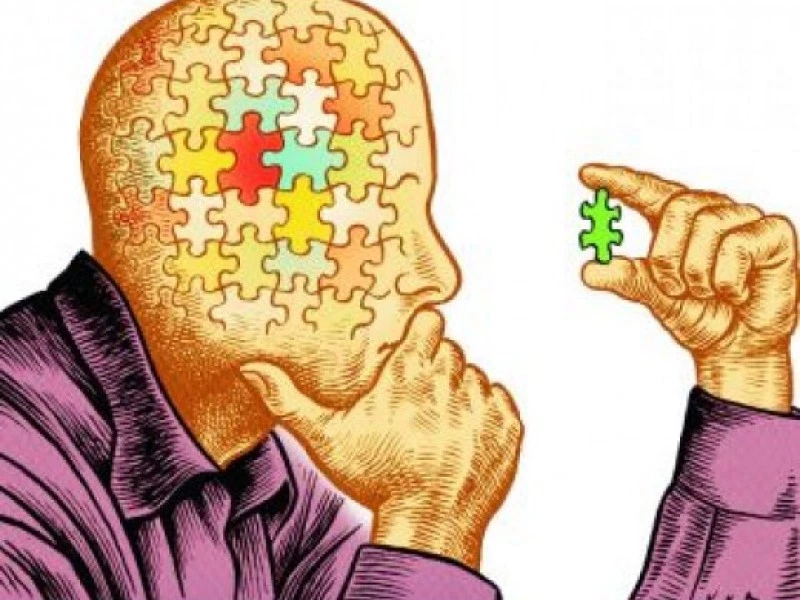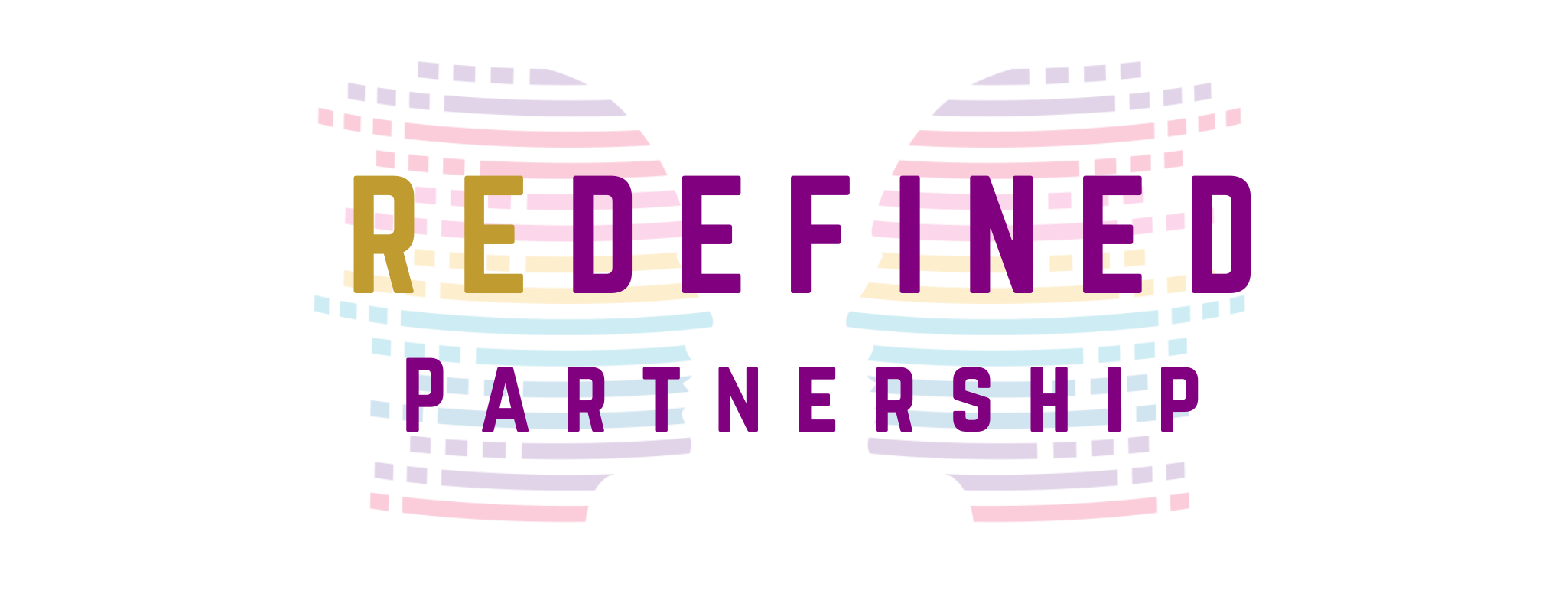“It is easier to tone down a wild idea than to think up a new one.”– Alex Osborn

That quote pretty much sums up Osborn’s ideas on brainstorming. Recently, during lock down we have been communicating with friends , associates across the globe.It has been stimulating from an ideas perspective.
It was good to remind ourselves of the origin of brainstorming .
Brainstorming is method of thinking up solutions, ideas or new concepts. It can be a difficult process for many reasons: sometimes people are unwilling to suggest a solution for fear of criticism or the problem may just be a very difficult one, and one that no existing solutions exist for yet.
Brainstorming:
No criticism of ideas
Go for large quantities of ideas
Build on each others ideas
Encourage wild and exaggerated ideas

Osborn’s solution, as seen above, is to think up as many ideas as possible regardless of how ridiculous they may seem at first. Since it is very unlikely to think up the perfect solution right off the bat, he recommends getting every idea out of your head and then go back to examine them afterwards.
An idea that may have initially sounded off-the-wall may actually turn out to be a plausible idea with a little modification. Osborn’s technique of deferred judgment increases the individual’s synthesis capabilities by releasing the human mind from the analysis mode of thinking. Brainstorming is considered to be a group method of listing suggested ideas pertaining to a solution for a specific problem.

Creative thinking requires tools such as the brainstorm and the affinity diagram. Brainstorming is simply listing all ideas put forth by a group in response to a given problem or question. In 1939, a team led by advertising executive Alex Osborn coined the term “brainstorm.” According to Osborn, ” Brainstorm means using the brain to storm a creative problem and to do so “in commando fashion, each stormer audaciously attacking the same objective.”
Osborn proposed that offices, the venue for most brainstorming meetings today, “are less good for creative thinking than for judicial functioning.”
Creativity is encouraged by not allowing ideas to be evaluated or discussed until everyone has run dry. Any and all ideas are considered legitimate and often the most far-fetched are the most fertile. Structured brainstorming produces numerous creative ideas about any given “central question”. Done right, it taps the human brain’s capacity for lateral thinking and free association.
It was known that according to a fellow executive on Osborn “he makes a date with himself” to focus on ideas while he does the Saturday morning dishes. To this, Osborn added:

Research and Analysis 
Partnerships
“Would you believe that I sometimes make a date with myself to attack a creative task while driving? One morning I woke up to the fact that a certain problem needed immediate solution. I made a date with myself to brainstorm that problem during my hour’s drive to work. On the way I saw a lad signalling for a hitchhike. I hesitated, but stopped; he got in and I said: “If you don’t mind, please don’t talk because I have to think.”

Other rules for brainstorming according to Osborn include creating an environment where team members are not criticised for their ideas. Ideas can be evaluated after the brainstorming session but judgments during the process will only alienate team members. Also, after the idea generating process team members should try to combine and modify ideas.
You can read Alex Osborn’s original approach in his book “Applied Imagination”.
